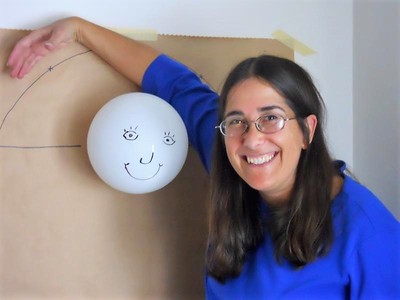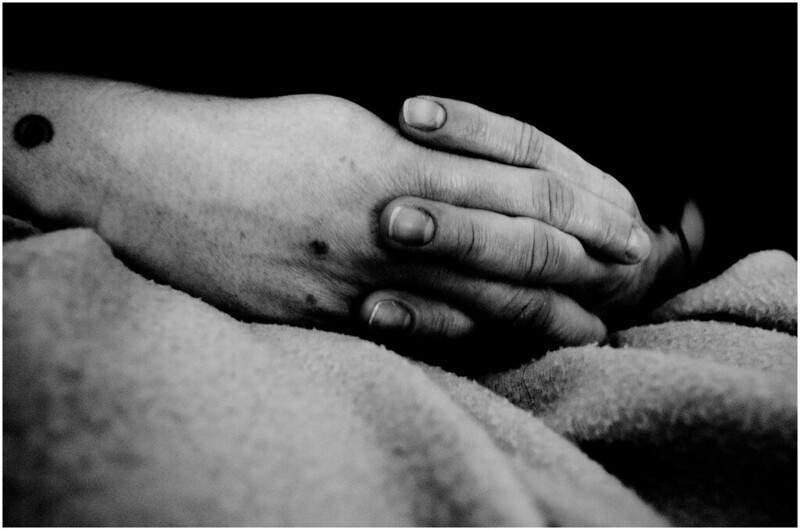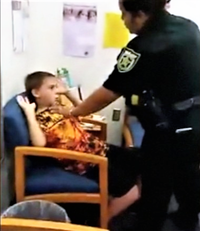
Perhaps you've wondered what the HANDLE Screener course is all about.
It's not just about adding something to your tool box.
What may be obvious, perhaps, is that it is a class in which you learn to be a provider of HANDLE services.
- You do detective work: You learn to take a client through a series of tasks, observe how the tasks are done, and translate these observations into insights about the way the client's nervous system works.
- You increase your repertoire of HANDLE Activities and get creative about developing variations that suit the needs of your clients
- You learn to create a program for your client and how to teach it, explain it and follow up on it.
But that, as I said, is the more obvious piece.
What also happens in this class is that you learn to look at yourself differently. Each student gets to sit in the client's seat and be screened. Invariably, you learn something or a few things about yourself that you didn't know before. And then you start working through your own program, facing the challenges, noticing changes, wondering if you are still the same person if you gradually feel less impulsive, or better focused, or less anxious. If you've defined yourself as a person with this or that challenge, perhaps it's time to let that go.
And you work, as best you can, on being very, very gentle - with yourself as well as with others, and practice non-judgment even when it's hard. You realize that HANDLE is not just about helping people learn better and feel better. It is an approach you can apply to other aspects of your life and to your relationships with other people.
Another thing that happens is that you make new friends. HANDLE seems to draw people you can enjoy hanging out with, learning from and collaborating with.
Screener Courses, HANDLE's Level 3, have been structured in different ways. They all involve in-class modules and some online work, as well homework. They all involve student clinics, in which students (under supervision) work with clients from the community (ages 5 and up, including adults). Taking HANDLE courses Levels 1 and 2 (Introduction and Basics) or a combination of both is a prerequisite. Being accepted to the course is also a requirement.
You can find more information on the HANDLE Institute's website,
www.handle.org, as well as on my
events page.
 Friday, November 10, 2023 at 4:47PM
Friday, November 10, 2023 at 4:47PM  (image by ant_94)
(image by ant_94)



